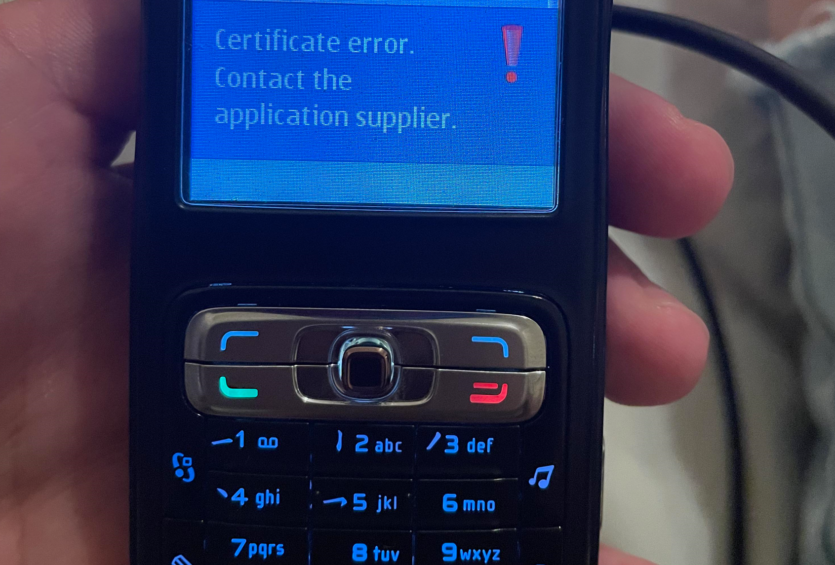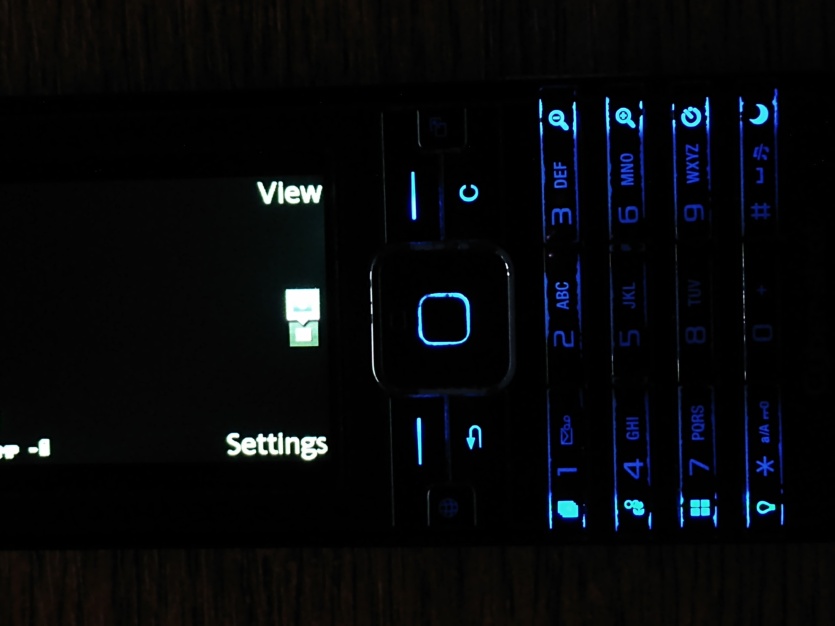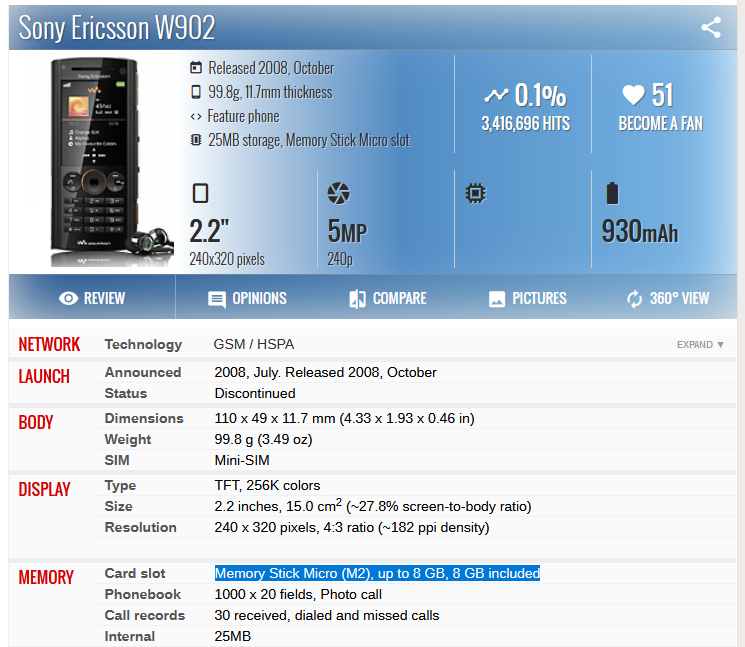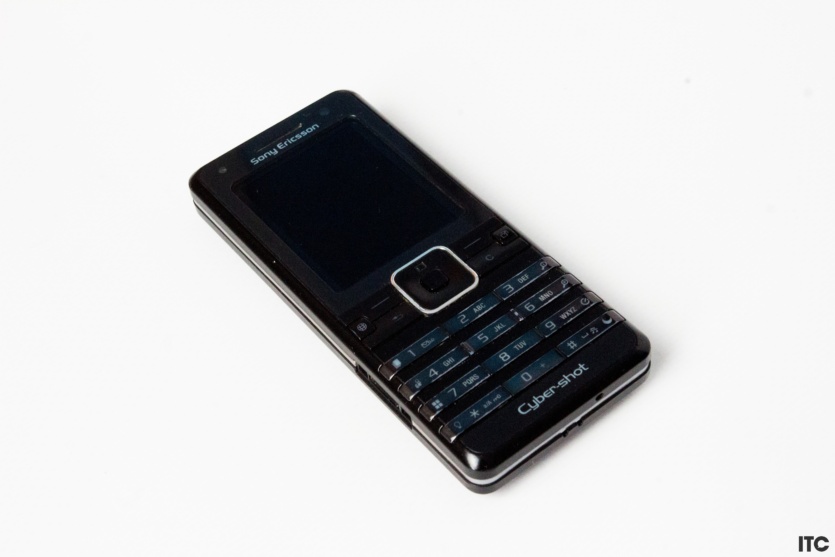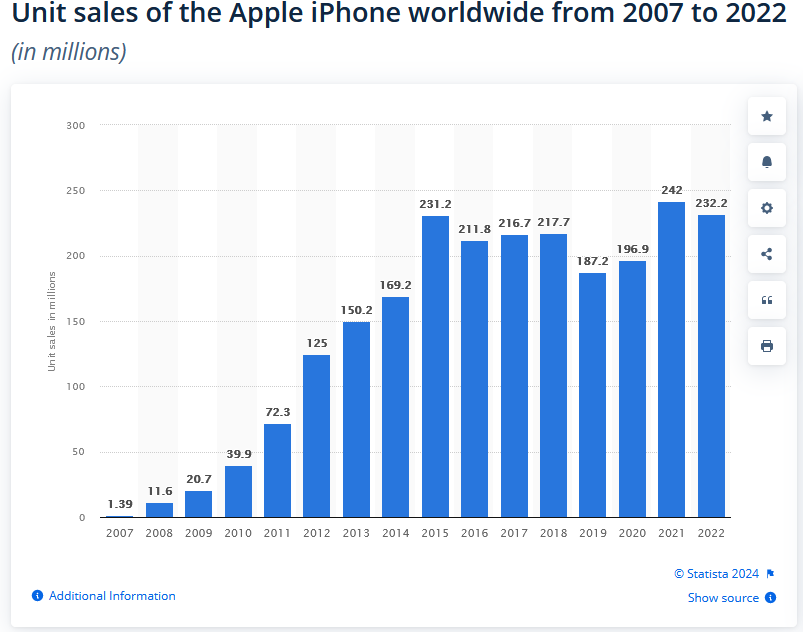Smartphones have almost completely replaced proprietary mobile phones without an operating system, but this was not always the case. Moreover, before the advent of Apple iOS and Google Android, the best phones without OS were no less functional and convenient than smartphones, and the most advanced of them were not Nokia or Samsung, but Sony Ericsson. They stood three heads above any other phone of the time, but thanks to what? In this article, we will talk about how Swedish-Japanese phones have been the embodiment of capabilities and quality, the perfect ideal and a model of technology for a long time.
Content
The difference between a smartphone and a phone
Nowadays, people think of a phone and a smartphone as the same thing, but it wasn’t always the case. Earlier, most of the sales were accounted for by «cell phones» without OS. The population did not see any obvious advantages of Symbian, Windows Mobile, Palm OS over the functional phones of the early 2000s, and this is partly true.
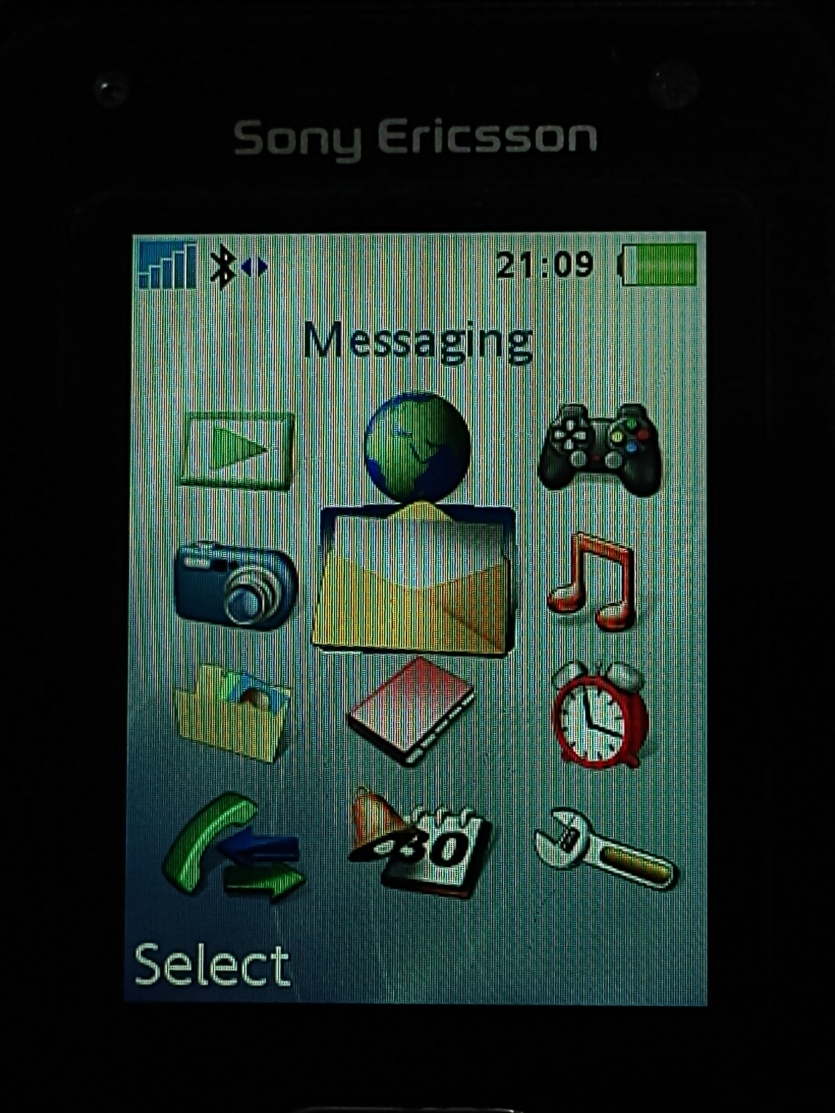
First and foremost, a smartphone has an open file system and supports the installation of programs/games in the internal «working» format (*sis, *cab, *prc, not *jar, as for Java phones). Functionally, this gave serious advantages, because the Java machine was itself a «crutch» and did not work very well.
Developers with their hands free could create functional software and games with good graphics and three-dimensional textures. Some of them took 10-50 MB, when a Java game rarely exceeded 1 MB. The situation with programs was similar.
This is all well and good, but for a long time people had serious problems with access to programs and games. Even the first generations of iPhones didn’t have a built-in app store, so it wasn’t easy to get the software you needed. Thanks to its ubiquity, finding a Java program or game was much easier.
An additional obstacle could be the high threshold for entering the world of smartphones at that time. For example, the owner of a Nokia N82 downloaded the *sis installer of a cool media player, but it wouldn’t open because the damn Symbian certificates were out of date, and a Samsung i780 had a compatibility problem with a *cab file that was created for versions of Windows Pocket PC with other processors. There were a lot of such examples, and old-school fans will understand.
In contrast to all these inconvenient push-button smartphones, Sony Ericsson promoted its Java platform, which was more convenient, faster, clearer and no less functional than the top Nokia N-Series solutions, which were also sold at inflated prices. The user received everything he needed, and most importantly, without unnecessary movements, at the touch of a button. Everything should work out of the box, just like we have in the modern Android/iOS market. The difference was huge compared to other Java phones, as we’ll discuss in more detail below.
At the same time, Sony Ericsson was developing Symbian UIQ, which was positioned more like a PDA. It was a completely different class of devices that did not have the same target audience as the flagships of Nokia N-Series, top Samsung, LG, and Motorola of those times. In this article, we will talk about the most popular ones, i.e. the classic SE push-button phones.
King of the great and terrible Java 2ME
Java quickly took over the phone market, displacing the complex and perfectly optimized Mophun. Despite the fact that Java was more resource intensive and offered poorer performance, it was the best performing platform on Sony Ericsson of any manufacturer. No one else even came close to matching the compatibility and performance of the Swedish-Japanese phones.
It’s not just the powerful hardware, but also the software approach. SE received excellent optimization, so all running programs/games (and 99% of them were running) worked faster than on Nokia. This was especially noticeable in heavy 3D games like Galaxy On Fire, Rally Pro Contest, Planet Riders, Colin McRae Dirt, etc. The user received a higher FPS than owners of other phones.
Consequently, applications on Sony Ericsson were easy to find, ran faster than competitors, and had the highest level of compatibility. The Sony Ericsson A100 platform was functional, and the updated A200 received an improved media player, a giant phone book, and a more advanced interface. Wasn’t it a blessing to have such a phone before the Android/iOS era?
Everything is in the box
The advantage of smartphones is the support of third-party software that allows you to expand the functionality of the device in the direction the owner needs. In most cases, «out of the box» the owner of a smartphone received the basic minimum of programs that were available in any other phone of the time.
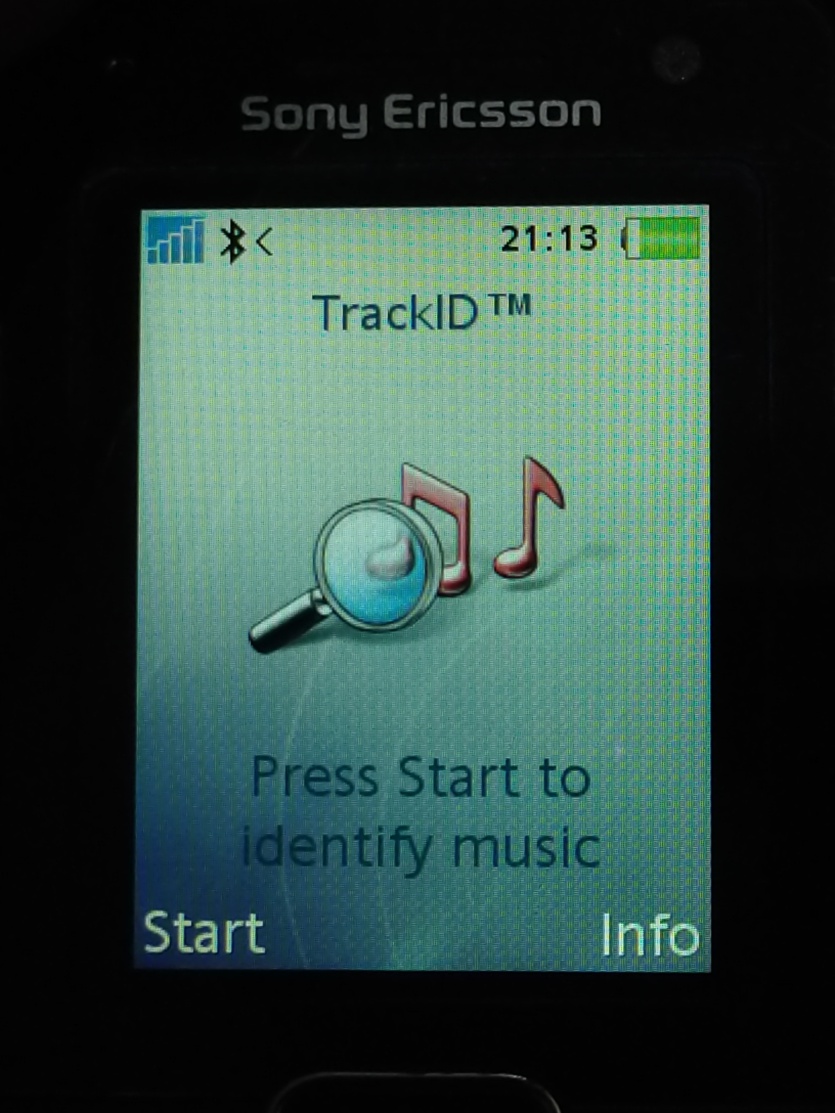
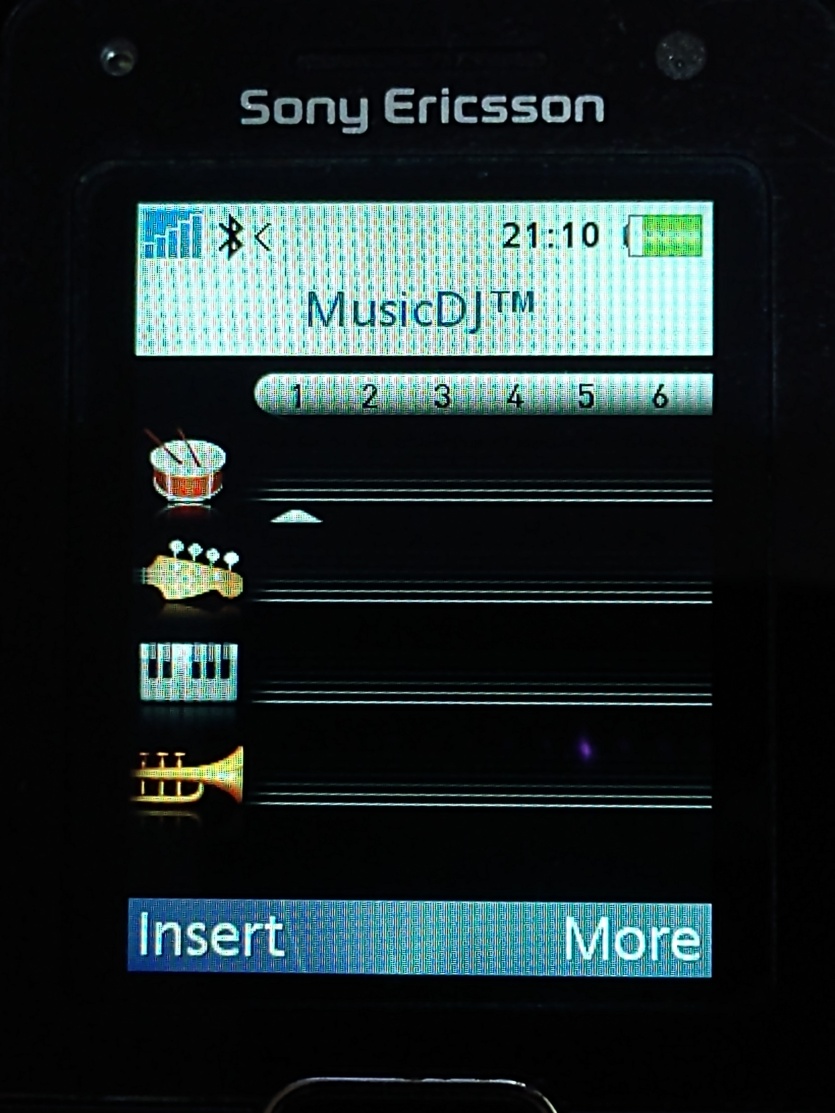
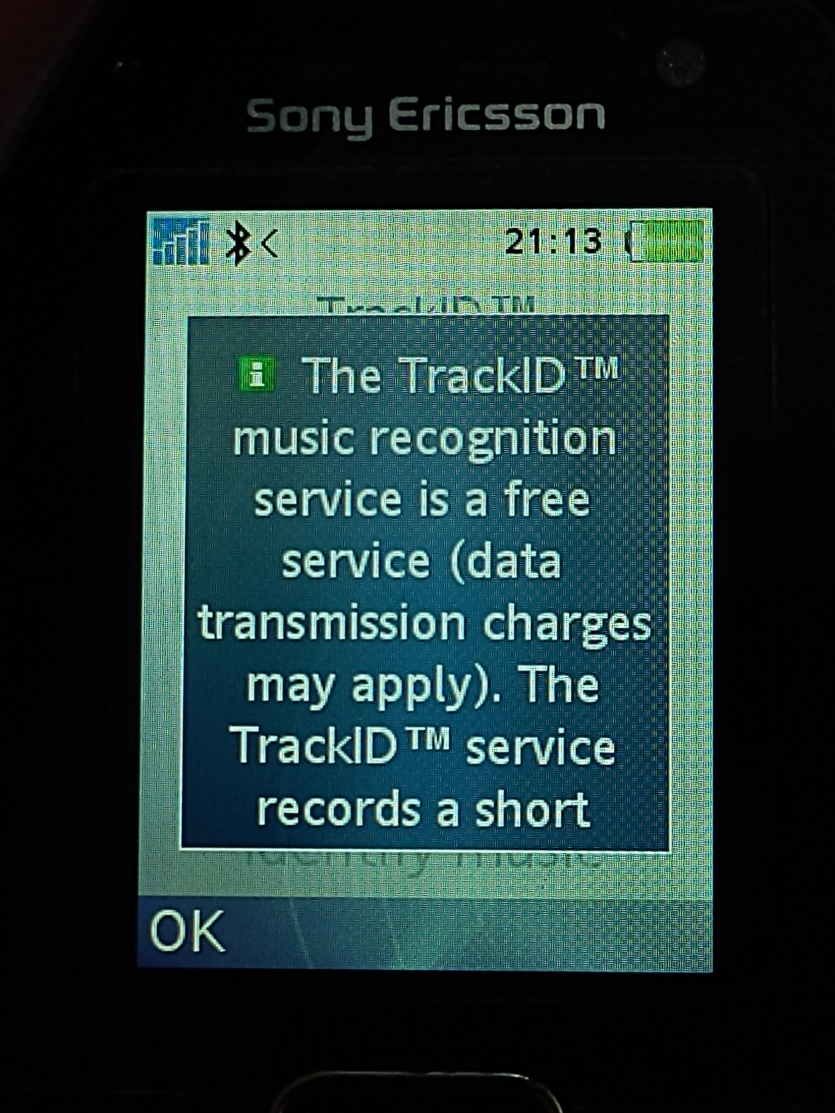
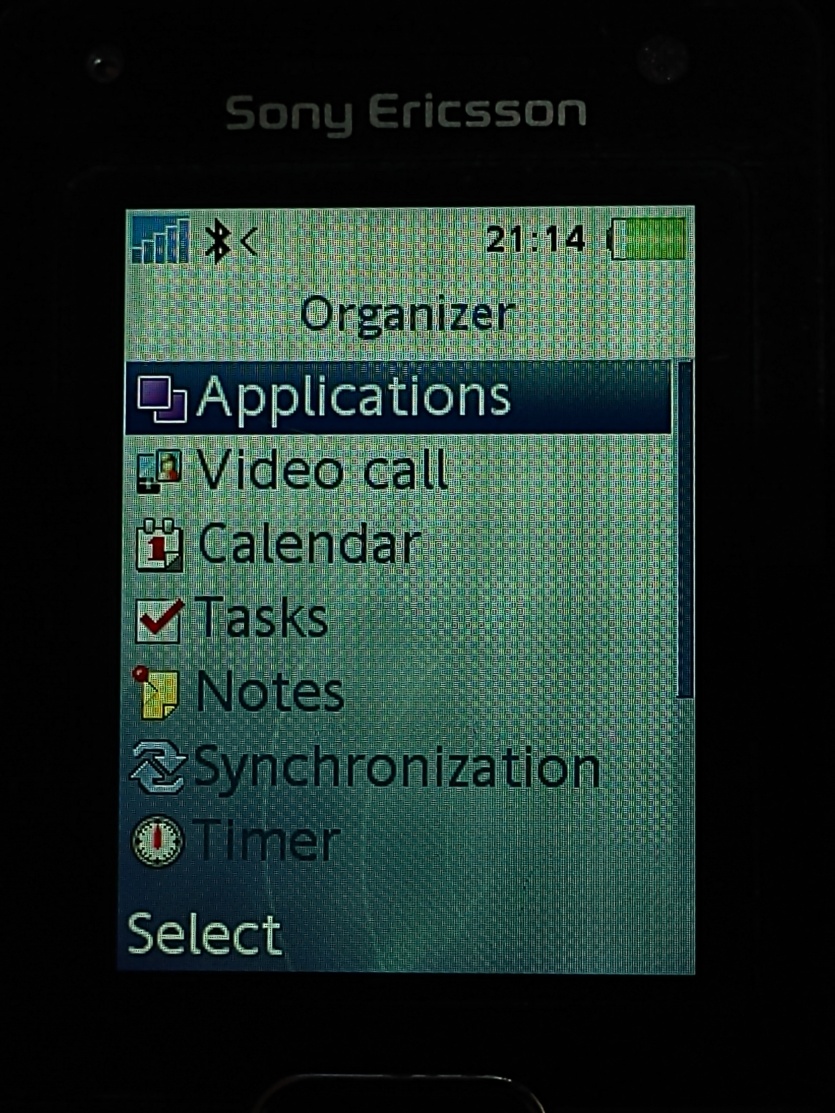
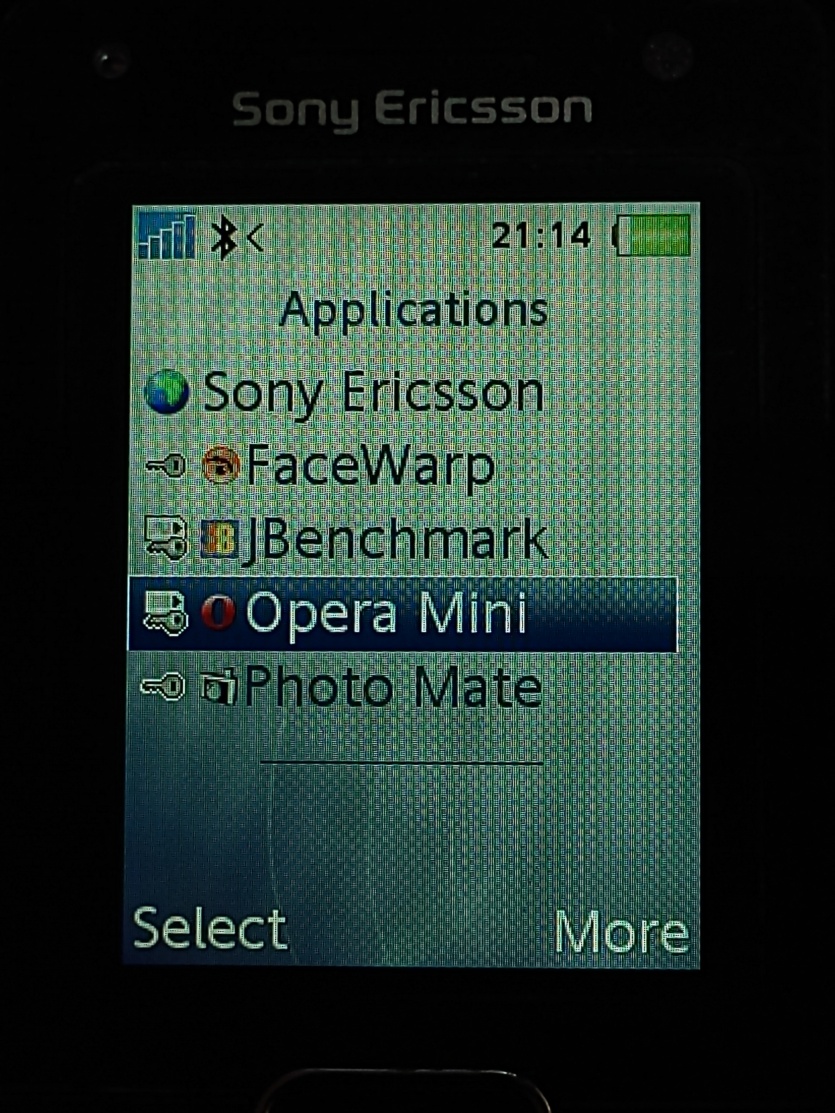
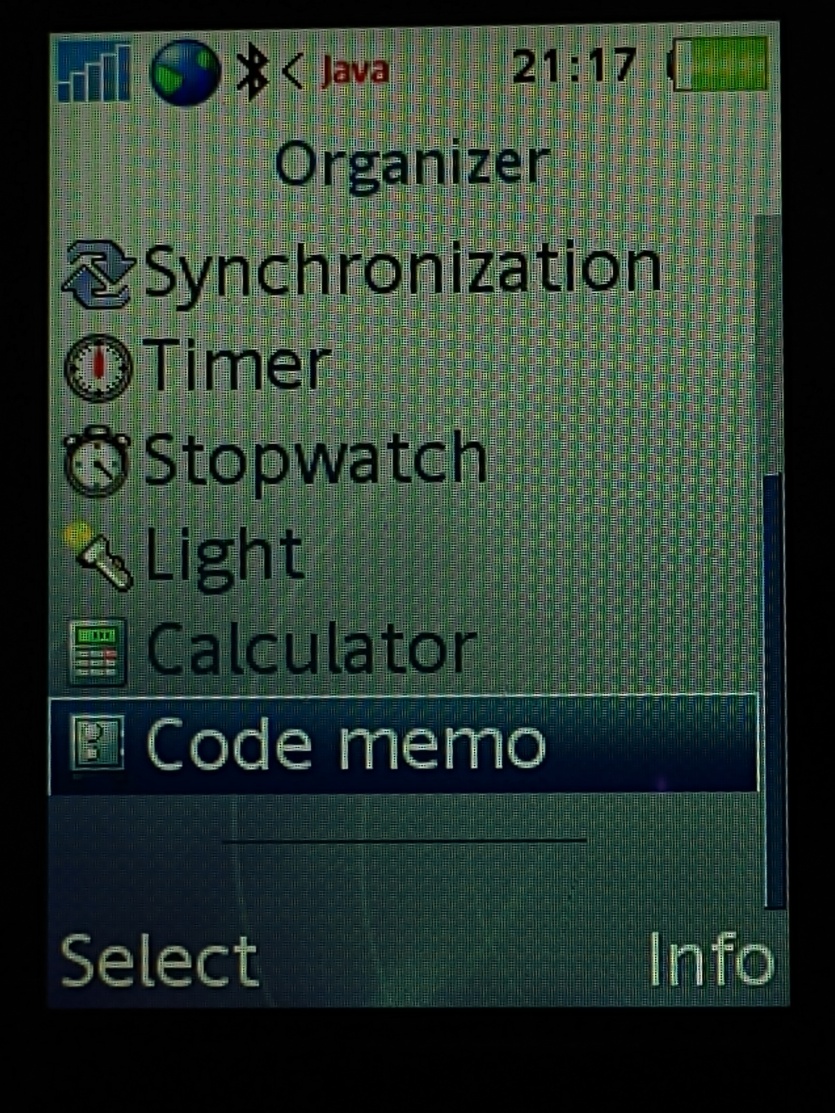
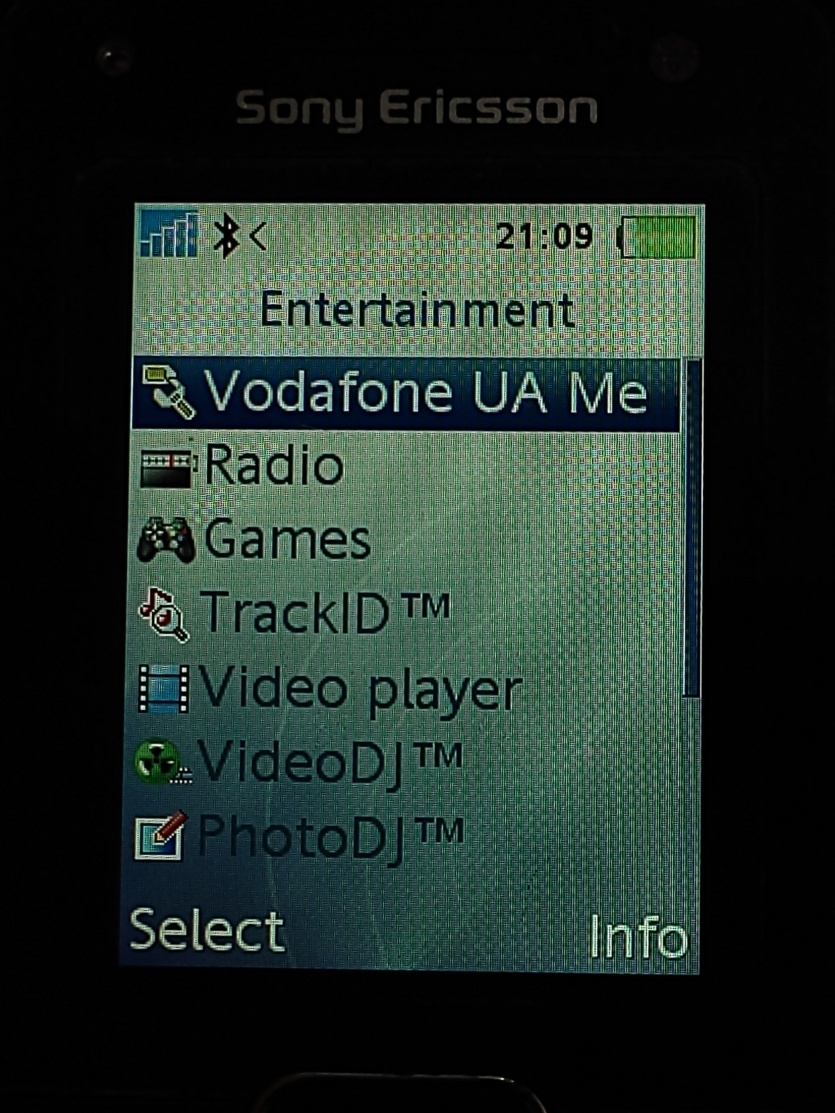
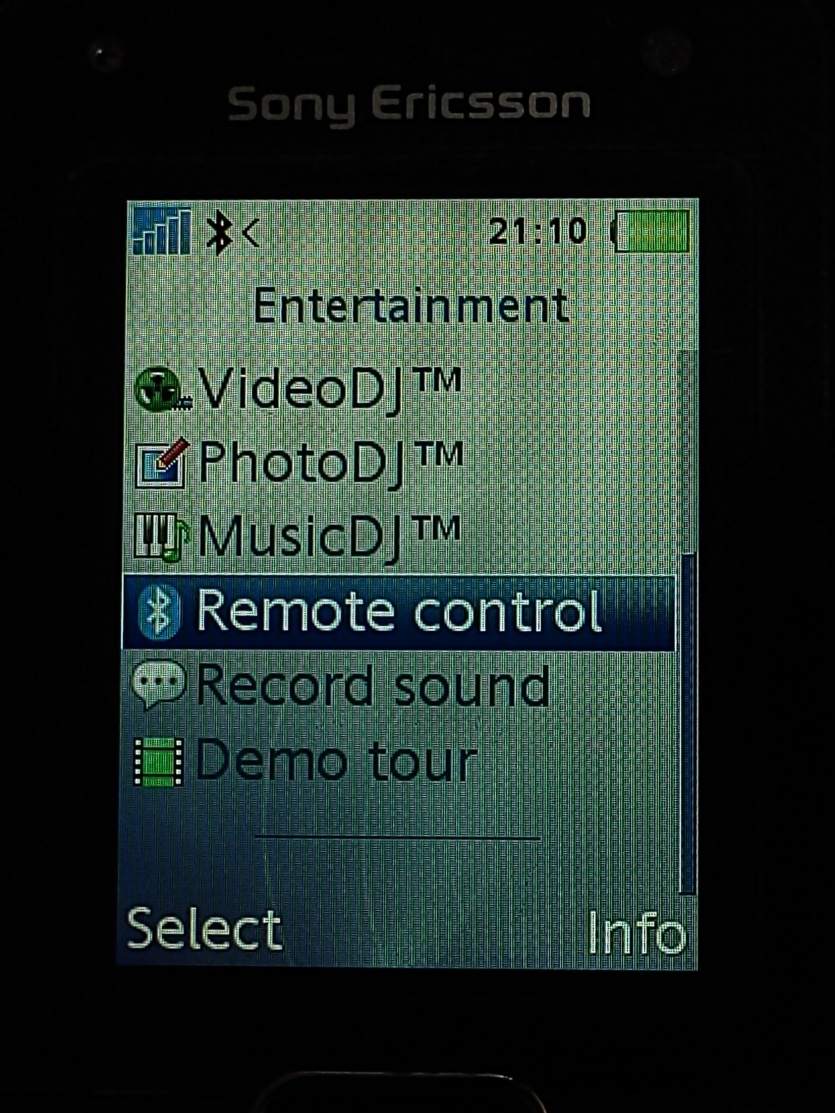
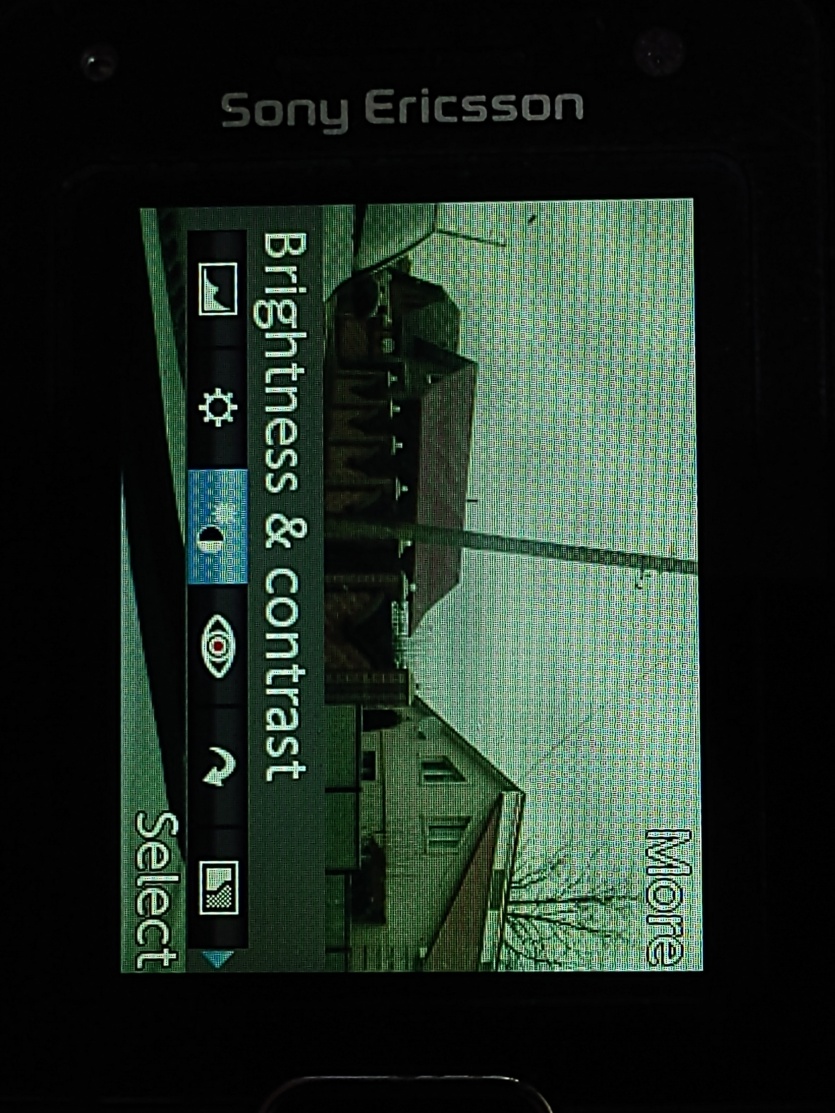
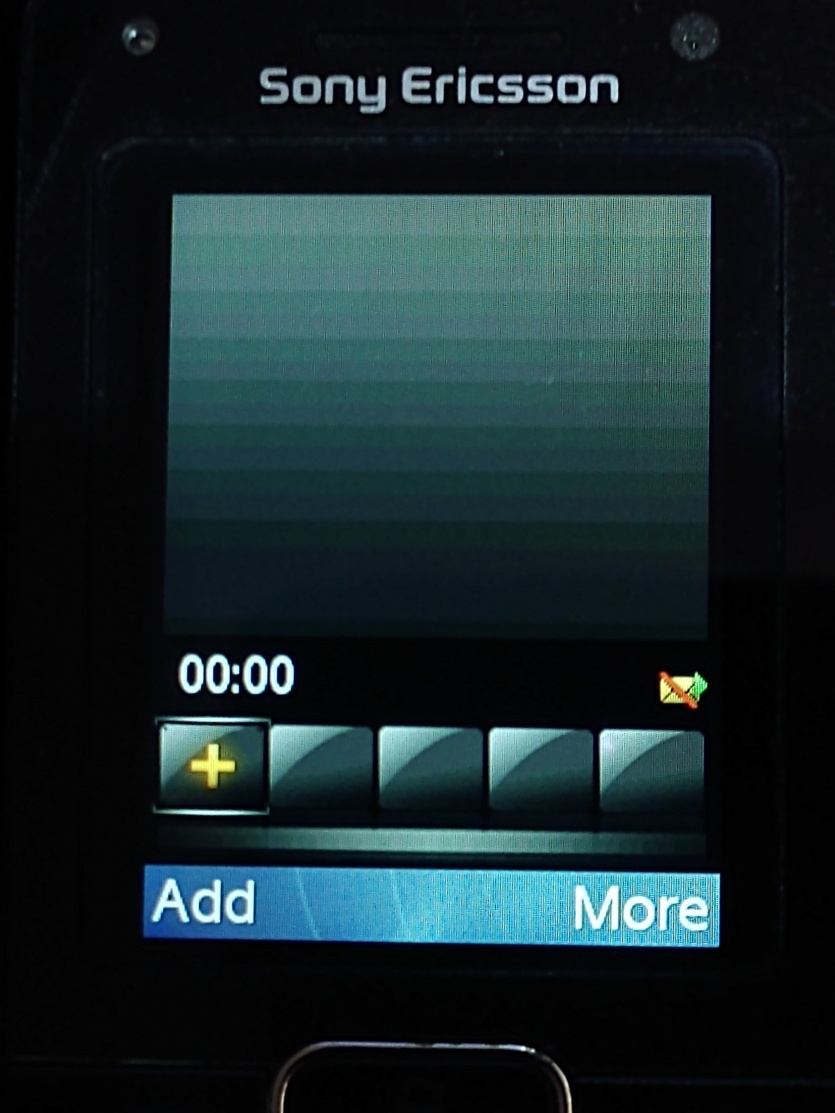
These include: clock, alarm clock, timer, stopwatch, calculator, value converter, notebook, calendar, voice recorder, photo viewer, music player, video player, file manager, web browser, FM radio.
Sony Ericsson K770i (a typical representative of the SE A100) has the following programs: video editor, photo editor, music editor, music recognition program (like the popular «Shazam»), flashlight (for models with flash), password-protected notes for important information and a program for remote control of a computer via Bluetooth, which we will talk about in a bit more detail.
In total, this utility has three modes: Presenter, MediaPlayer, and Desktop. Each of the modes has hotkeys for adjusting the sound level, switching slides, rewinding music/video, or working directly on the Windows desktop. The phone works with any version of Microsoft OS without any «crutches». That is, all you need to do is connect the two devices and you’re ready to go.
Sony Ericsson K770i allows you to control your computer from the couch, so you can pause a movie, switch between windows, browse the web or even play games.
Forza Horizon 5 works with minor delays, but you can still drive. In fact, this feature will come in handy in presentations, as the phone can replace the remote control. University professors would appreciate it.
The possibilities of Bluetooth do not end there. More than 20 years ago, Sony Ericsson phones were able to control the SE CAR 100 toy car, which was compatible with the company’s devices at the time. The most important aspect of this accessory was its low latency, which ensured comfortable operation.
Another example comes from my own experience with Lego Mindstorm. This smart construction set also supports Bluetooth control, but not all phones worked well with the program. While the Nokia 6230i and Samsung X700 could not connect to Mindstorm, the Sony Ericsson K750i, the flagship phone, worked without any problems.
If necessary, the Sony Ericsson owner could connect the phone to a laptop as a modem using Bluetooth. In terms of wireless connections, there were no obstacles for these phones – they could do literally everything. Here are the Bluetooth profiles supported by most models with the A100 platform:
- A2DP-Source
- AVCTP
- AVDTP
- AVRCP-Target
- BIP-ImagePush
- BNEP
- DUN-GW
- FT-Server
- GAP
- GAVDP
- Generic Object Exchange
- Headset-AG
- HFP (1.5) AG
- HID-Dev-Keyboard-HID
- HID-Dev-Pointing HID
- OBEX
- OPP-Client
- OPP-Server
- PAN-AP
- SDP
- Serial-DevA
- Serial-DevB
- Sync-Server
Were phones from other manufacturers able to do all this? No, they couldn’t. Was it possible to implement this on Symbian/Windows smartphones? Yes, but not all of them. In addition to finding a program with the appropriate functionality, the hardware implementation of Bluetooth and other components was an important factor.
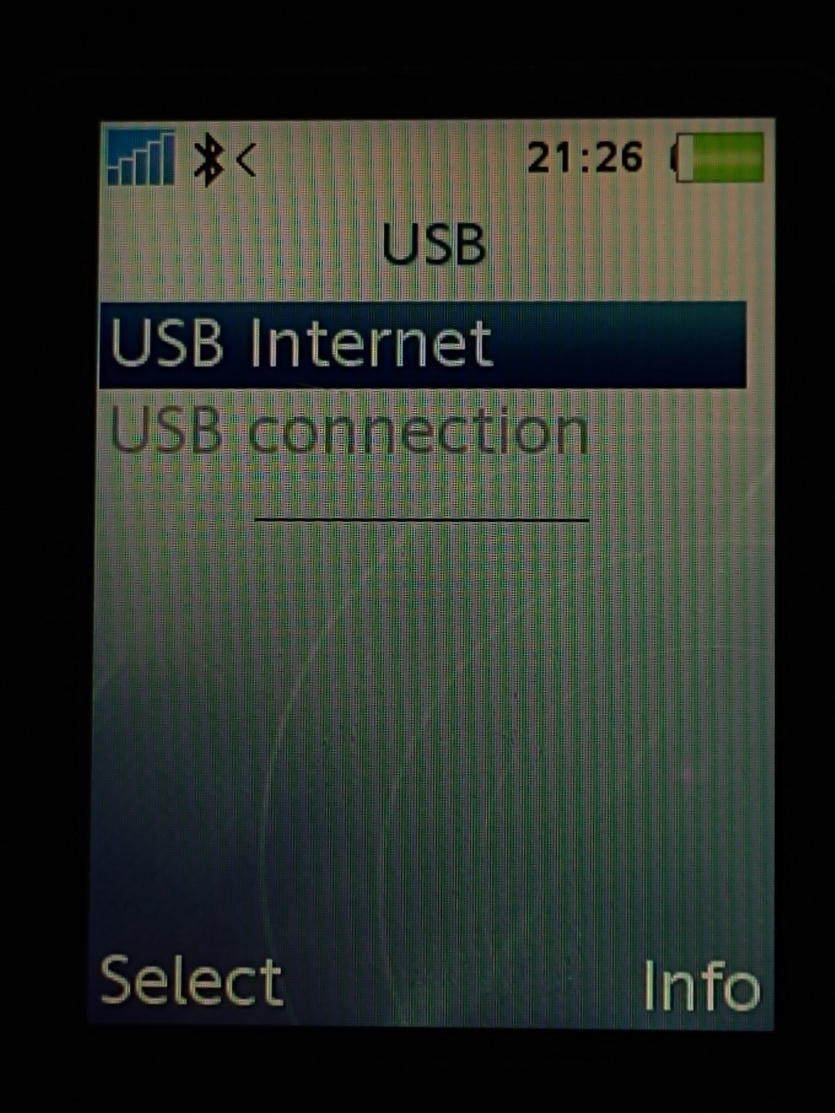
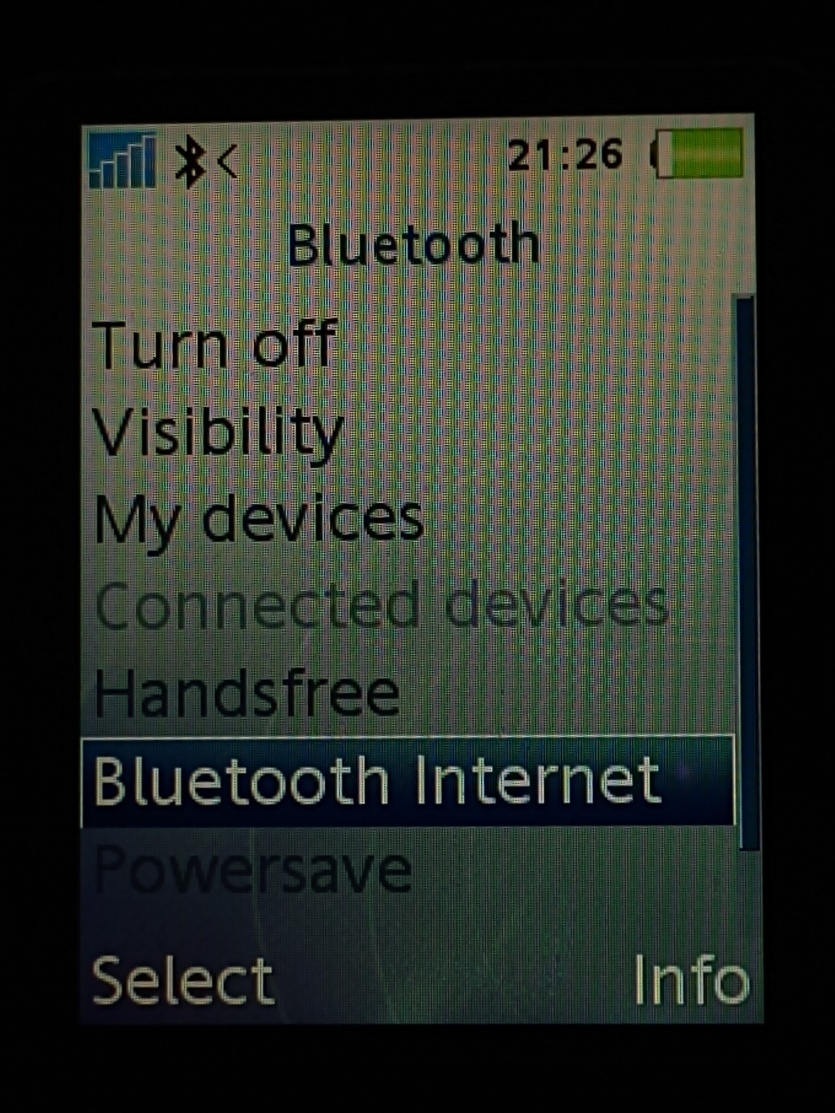
Before that, the compatibility of Windows Mobile smartphone software with the hardware component and huge problems with certification of Symbian programs (those who had Symbian 9.x will understand how serious this is) were an obstacle. With Sony Ericsson, the user received not just working software, but also right out of the box, already installed and ready to go at the touch of a button.
After the A100/A200 platform, the conventional Symbian Series 60 v9.x seemed like an inconvenient combine that you had to configure and dig into its software environment all the time to make something that already works in any Sony Ericsson work without unnecessary manipulations.
In fact, clarity and simplicity distinguished the «simple» SE phones from the «advanced» Nokia smartphones, which did not offer anything fundamentally better. The high entry threshold killed Windows Mobile, and Symbian tried to become something «popular» and became so much so (well, almost the same as S40) that the vast majority of the population did not see the advantages of this system over Java phones from Sony Ericsson.
The only thing that was critically missing from the A100 platform was a built-in MS Office document viewer, which was available in the Samsung D600 of 2005, as well as smartphones on any operating system. Windows Mobile Pro smartphones were able not only to view *doc, *xls documents, but also to edit them or create them from scratch.
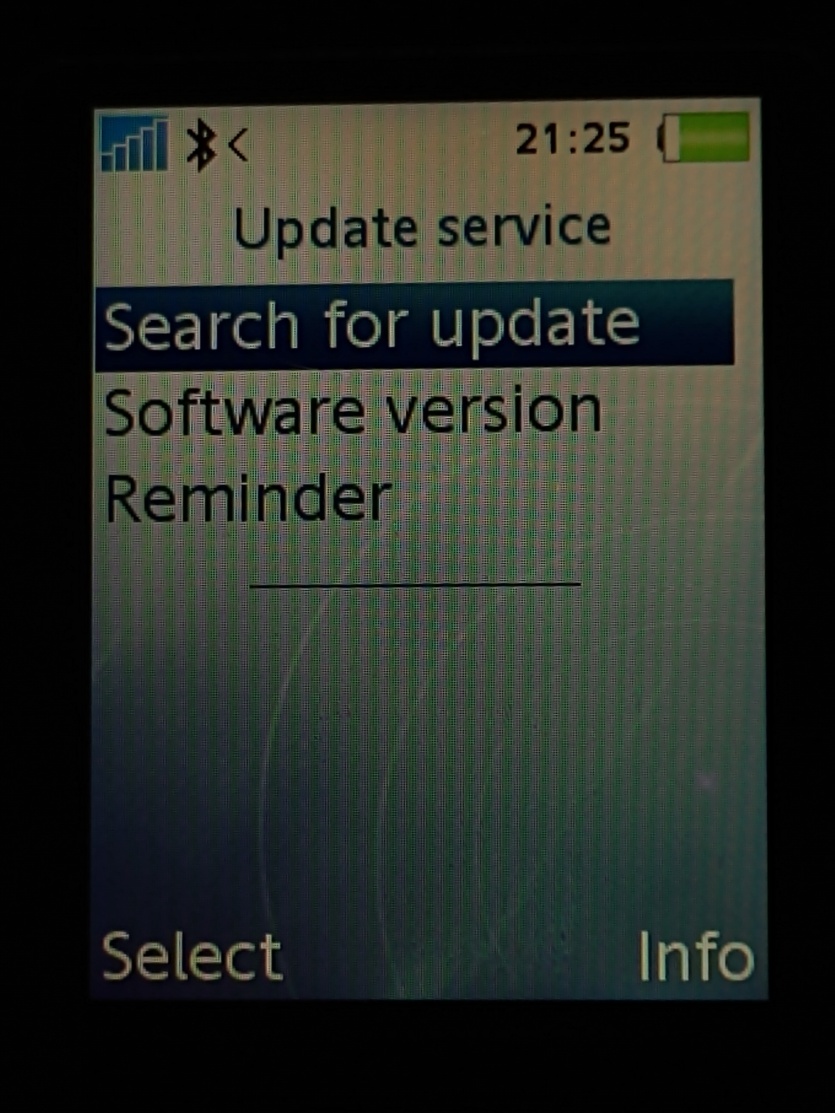
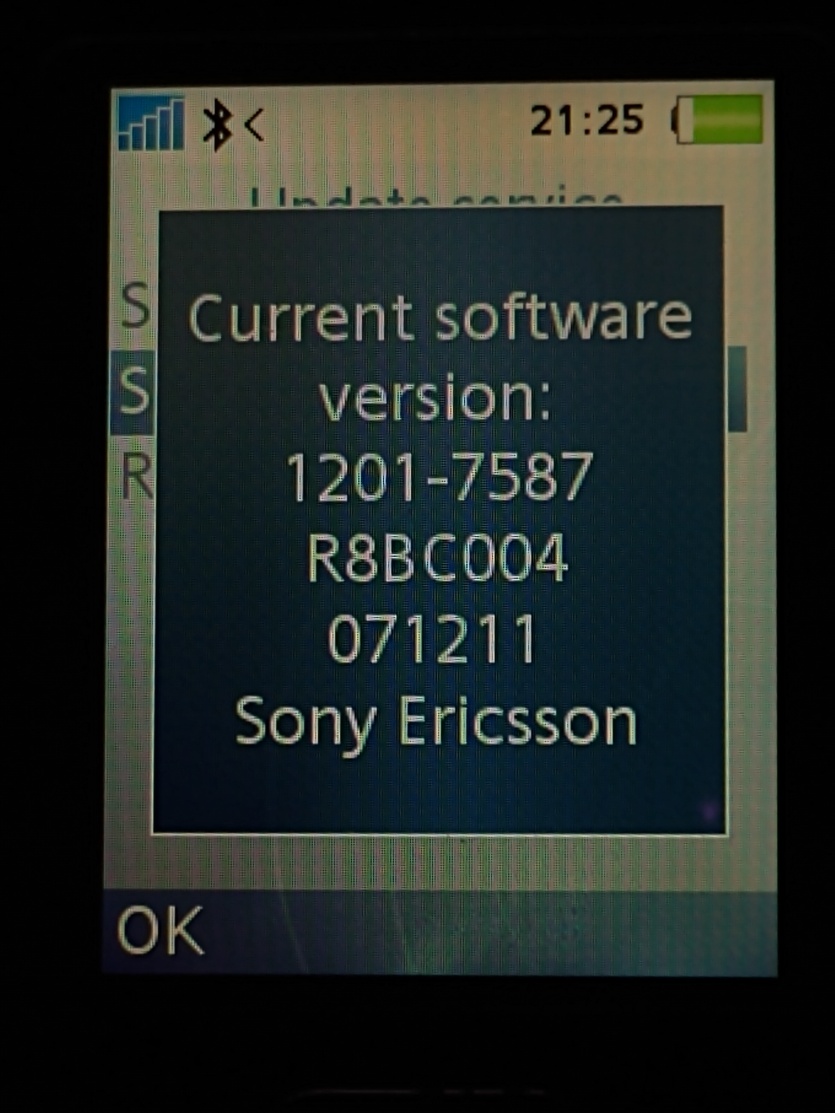
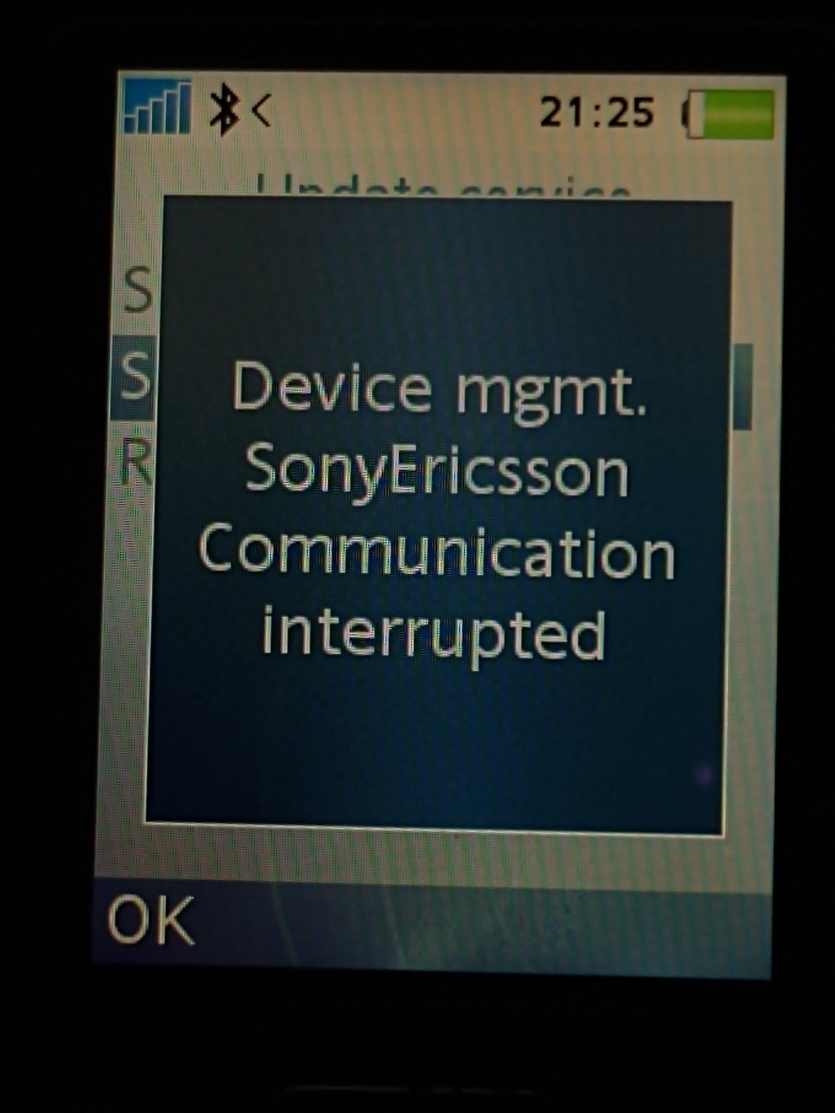
SE phones also received «over-the-air» updates, just like modern smartphones. You can check the firmware version in the settings, where you can update it without using a computer. Nokia, with their «unsurpassed» smartphones, could not offer anything like this. Sony Ericsson’s competitors were far from implementing such functionality for a long time.
Finally, let’s talk about multitasking. This concept is usually applied to smartphones, because for the first time users were introduced to the simultaneous operation of several programs by PDAs and various high-end communicators. Later, it moved to simpler smartphones, but not only. Sony Ericsson phones were able to open many programs simultaneously, as were the best Symbian flagships.
This functionality will eventually appear in Nokia Series 40 and Samsung phones, but it will take at least 3-4 years. Any Sony Ericsson phone with a later version of A100 or A200 allowed you to minimize Java applications and switch between them. As practice shows, an average phone in 2006 with A100 was capable of holding up to 10 Java programs in its RAM.
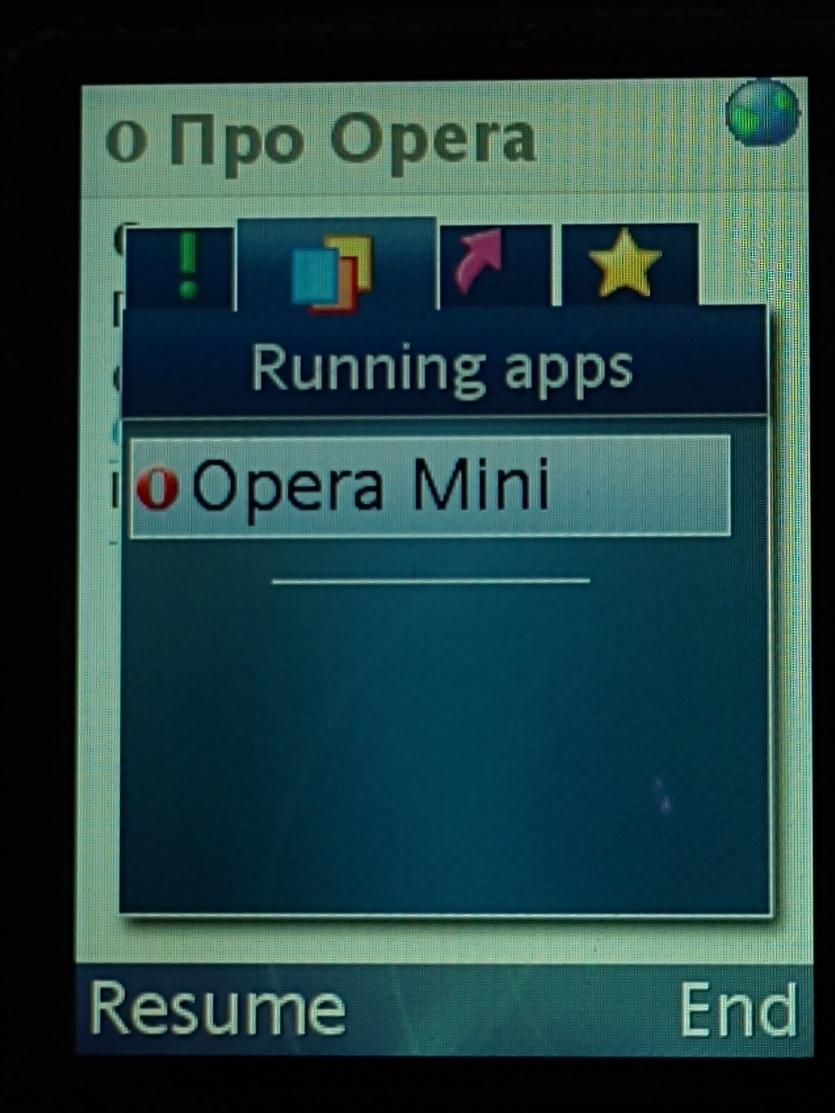
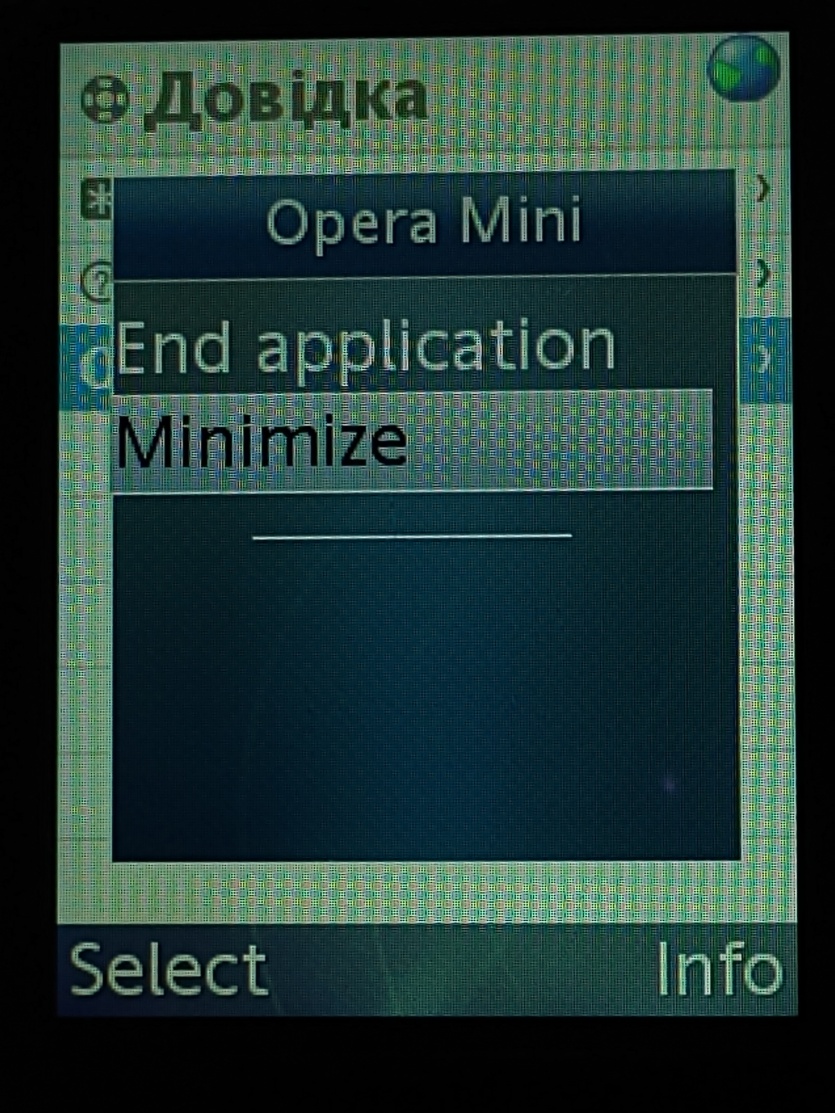
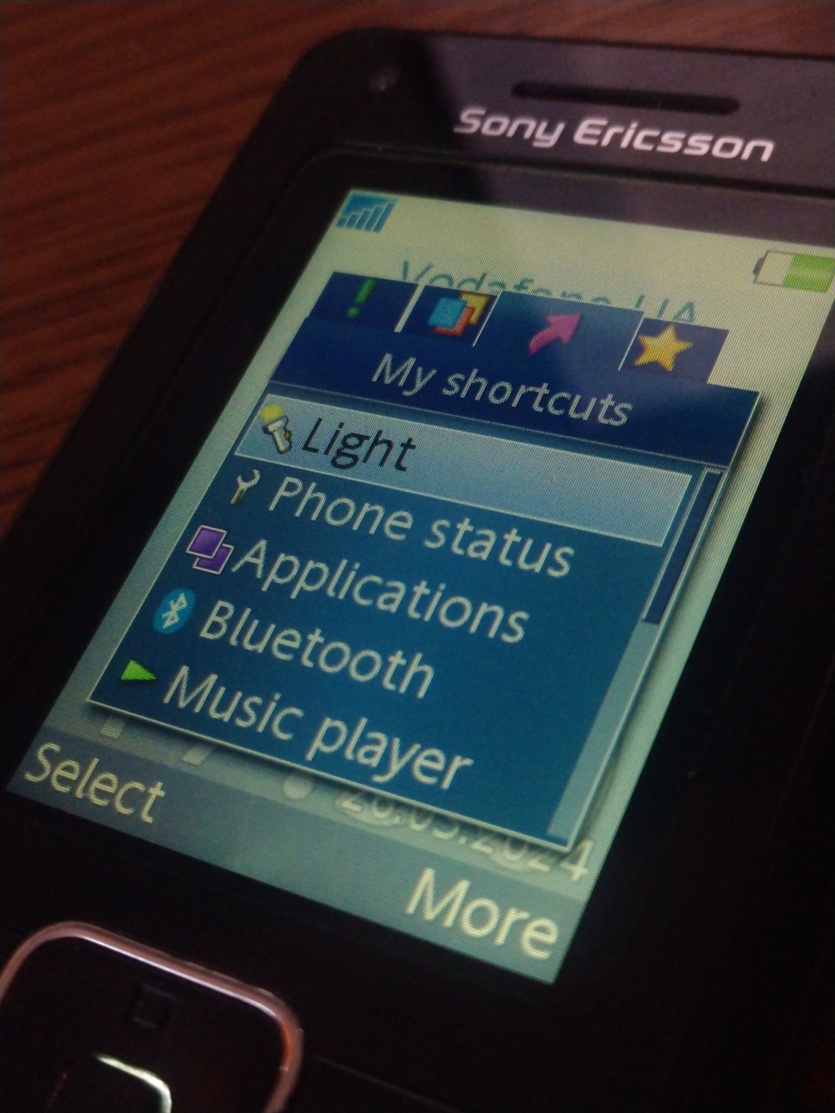
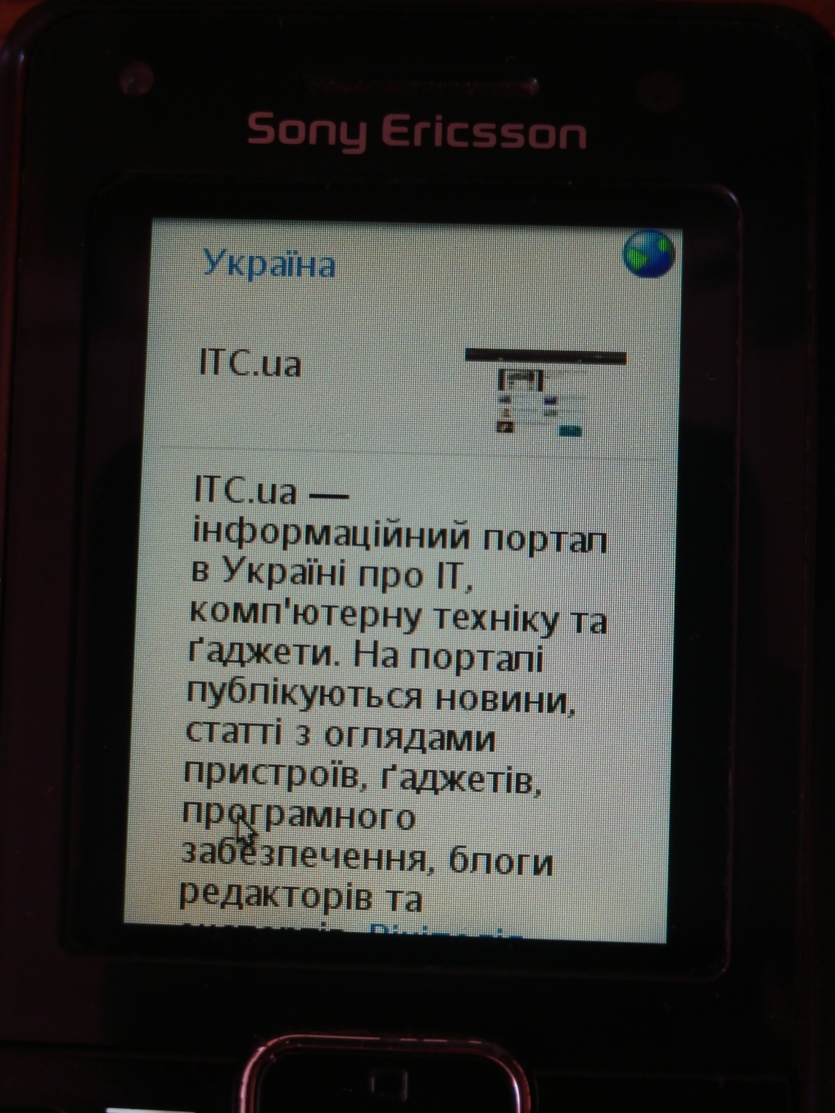

More advanced A200s, especially the latest models, could easily run 20+ applications without restarting them. Games stayed in the RAM and did not crash, although the overall performance of the phone may have decreased. Even modern Android flagships with their terrible RAM management can envy this.
There are also additional tabs in this pop-up menu where you can customize the quick launcher by adding any apps, main menu items, games, etc. An interesting program is «Phone Status», which shows the phone model, battery level in % (not all manufacturers could do this back then), and memory fullness.
No phone of that time from Samsung, Nokia, LG, Motorola, Fly, Alcatel, Phillips could show what Sony Ericsson could do. Only smartphones offered this level of capabilities, but only if third-party programs were installed. This, in turn, created a barrier between humans and technology, which was often too great to realize all the capabilities of a smartphone. It was because of the high entry threshold that Symbian Series 60 smartphones of the time were not used for their intended purpose, or rather, without installing *sis applications.
Cyber Shot for every family
Sony Ericsson has not usually tried to save on anything in order to give a better ratio of technical characteristics to cost. First of all, this applies to the quality of manufacturing of all components, especially cameras. It was thanks to Cyber Shot that users were introduced to high-quality mobile photography.
Most phones at the time had a fixed focus and could not take a good picture of text or any object up close. For example, the 2011 Nokia X7 didn’t have autofocus and produced blurry pictures, as did the hit budget phone Samsung S5230 Star.
The flash played an equally important role, offsetting the low light sensitivity. Almost all Sony Ericsson camera phones had autofocus, flash, and a protective camera shutter, which became their trademark. The Samsung Galaxy S1 of 2010 had no flash and a relatively weak camera, which was inferior to the Sony Ericsson K790i of 2006 in terms of detail.
Sony Ericsson push-button Java phones with flash and autofocus: K750, D750, W800, W900, W810, K790, K800, W700, K550, K810, K850, K770, C702, C905, W902, C902, C510, G705, W705, W715, C901, C903, W995, Yari, Elm, Hazel.
What about the competition? Samsung push-button phones/smartphones with flash and autofocus: D900, U600, U700, i550, G600, G800, G810, U900, i8510, S7330, S7220, S7350, S9402, i7110, S5550. The list is half as long, although Samsung has produced up to three times as many models in total.
The classic Nokia models are also not rich in flash + autofocus combinations: N90, N93, N73, N95, N82, N78, N79, N96, N85, N86, 6500 Slide, E66, E71, 6700, 6720, 6710, E52, 6700 Slide, 6600i Slide, E75, E90. This is despite the fact that most of these models were at least 50% pricier than similar Sony Ericsson models.
Let’s compare some photos of Sony Ericsson K770i and Samsung S5350. The Korean phone is about the same class, three years younger than the Japanese one, both have a 3.2 MP camera, but the quality of the picture is fundamentally different.
Samsung S5350:


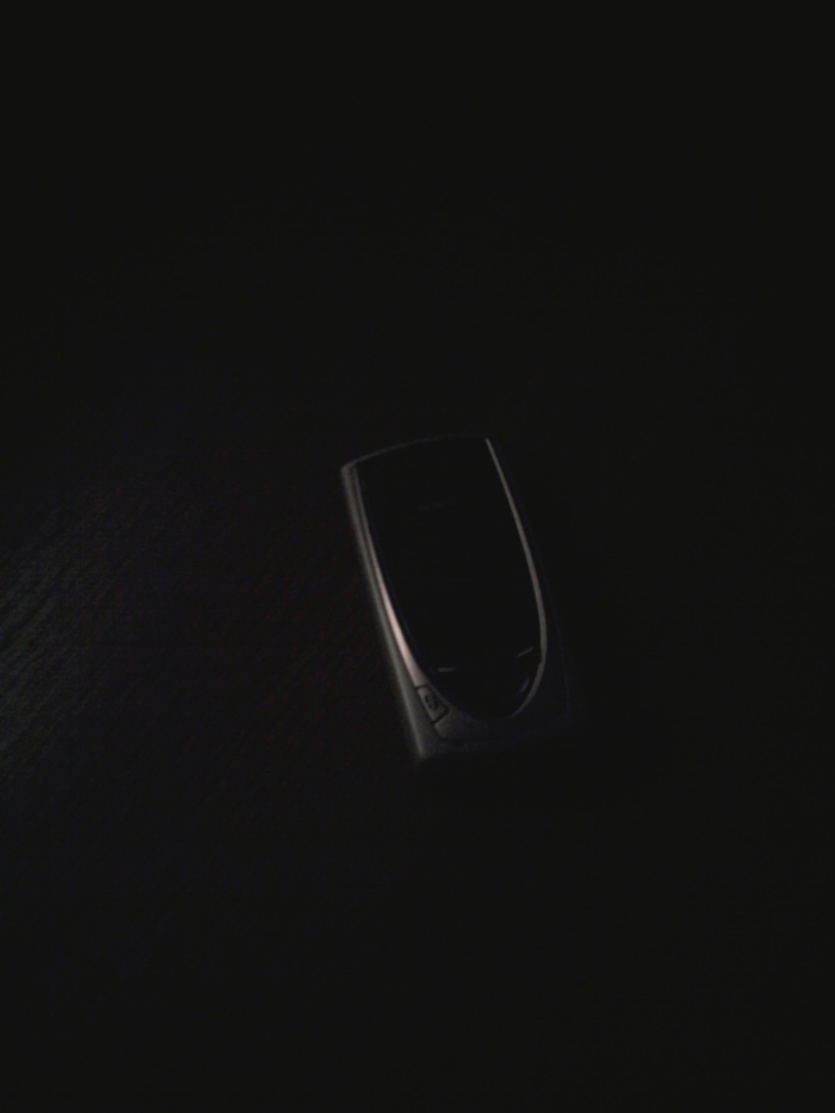
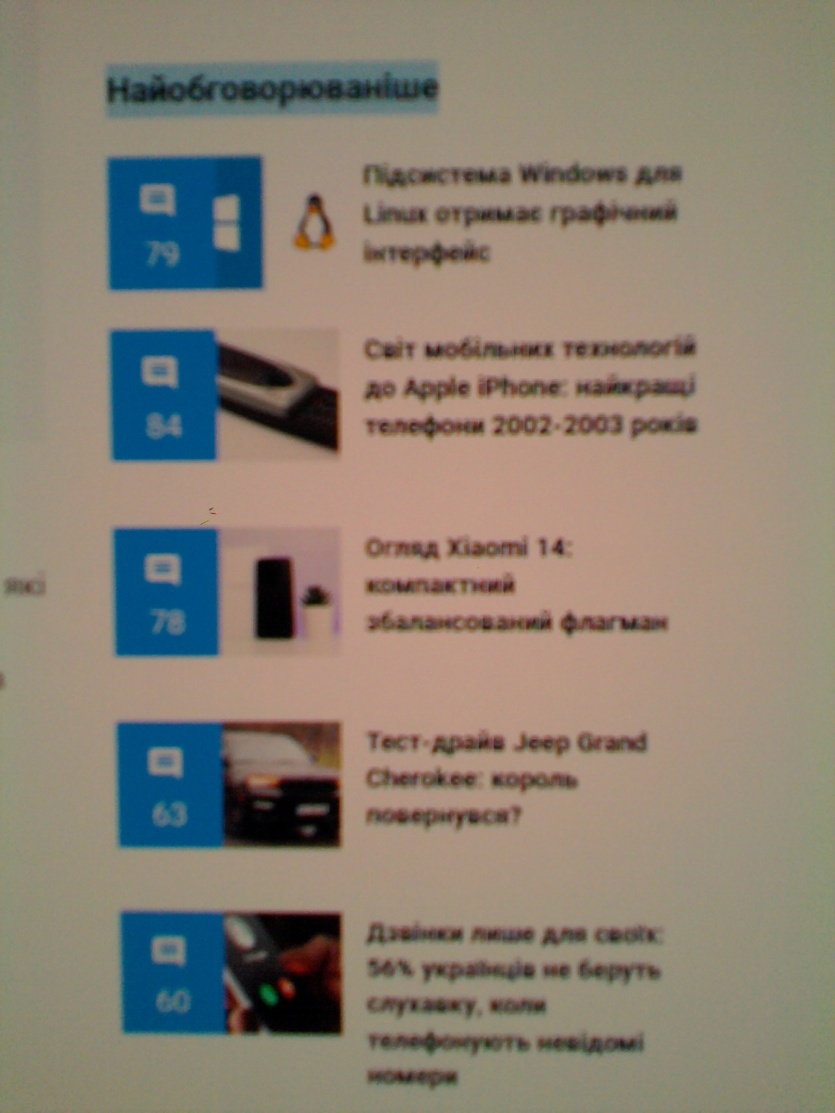
Sony Ericsson K770i:



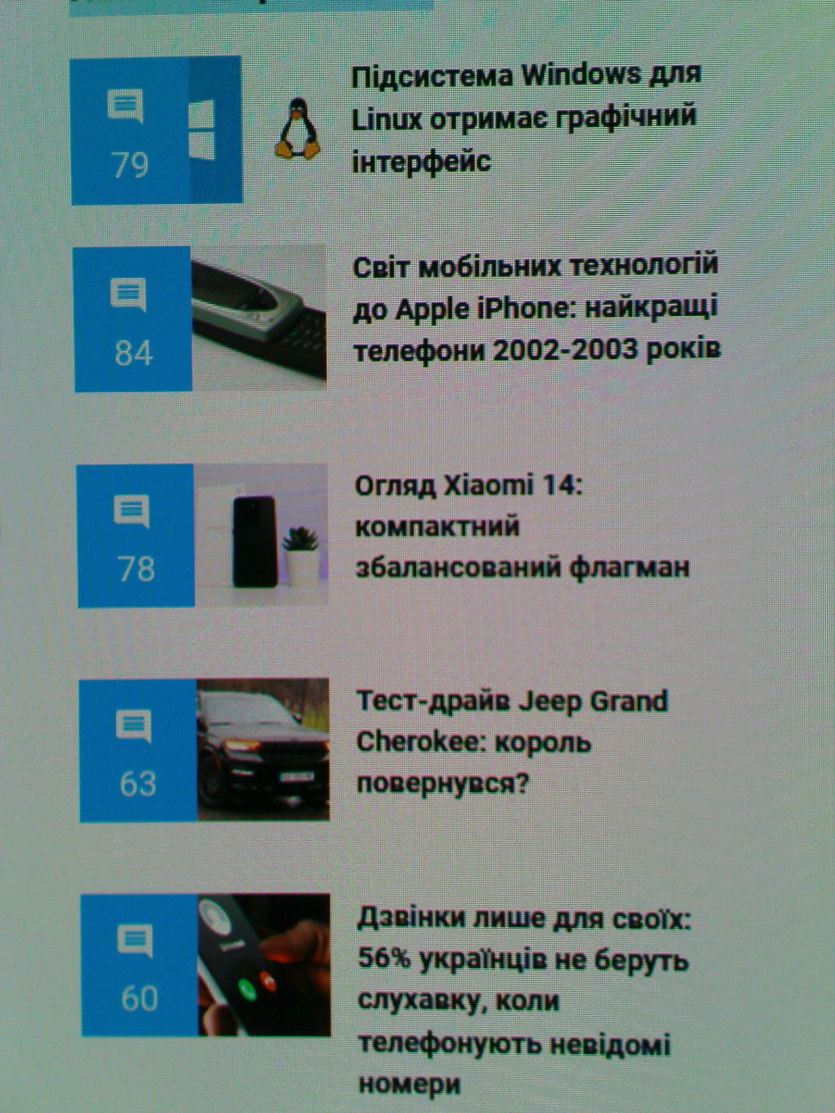
In daytime conditions, the pictures are good in both versions, but the flash gives a huge advantage at night. Autofocus does its job, so we have completely unreadable text in Samsung and high contrast in Sony Ericsson. Of course, it would be fair to compare them with the notional Nokia N82, but this is a fundamentally higher price category.
The company emphasized mobile photography, as the phones were pre-installed with a guide program that provided useful tips and tricks. In fact, the utility is quite useful, and it is possible that it has raised many people who appreciate and know how to take beautiful pictures.
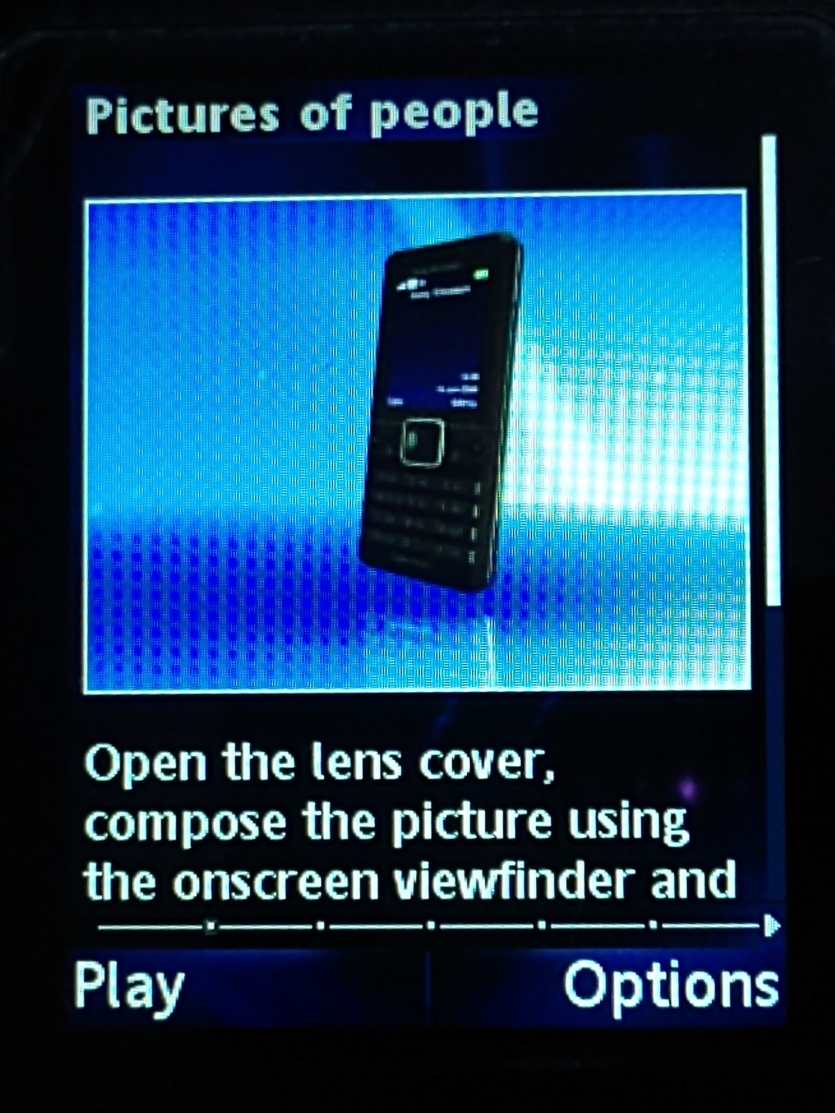
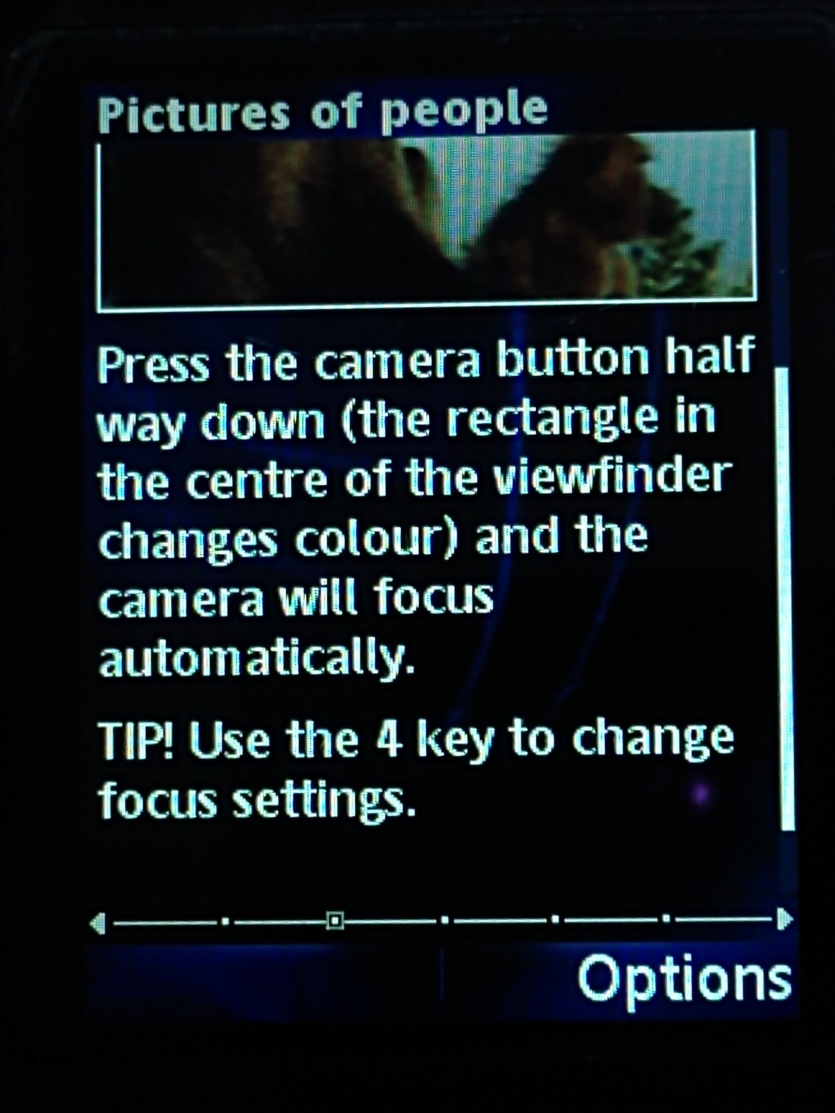
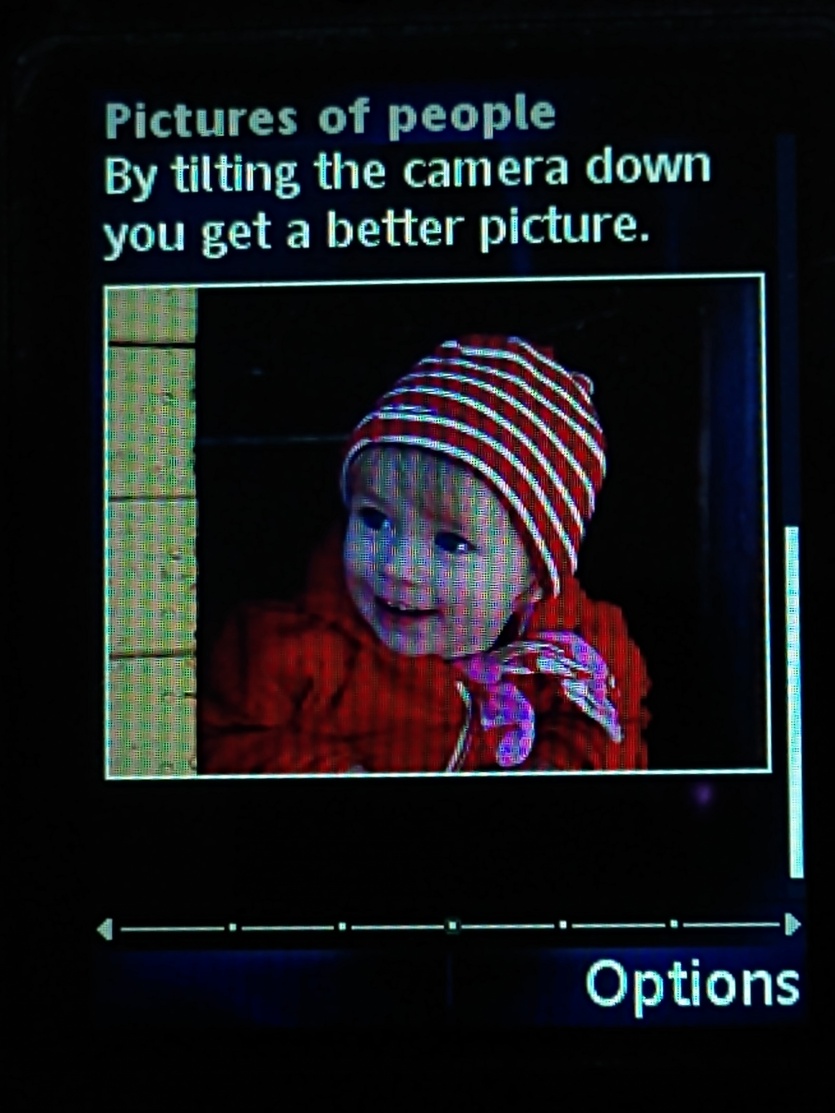
The keyboard of Sony Ericsson K770i has special icons that are highlighted in camera mode. This way, the owner sees the hot access functions at once, without digging through the settings. It is very convenient and practical, especially against the background of cameras in Nokia N-Series.
The main drawback of Sony Ericsson cameras was the video quality. Most top-of-the-line SE cameraphones recorded really terrible videos with low-resolution and low frame rates. For example, the SE K770i records video at 177×144 pixels.
When the phone understands its owner
Almost all phones of that time had a meager amount of built-in memory, often no more than 100 MB, so using memory cards was literally a must for those who liked photos, music, or a huge number of games.
Rarely did a Sony Ericsson not come with a Memory Stick or Memory Stick Micro card. For example, the K770i came with a 256 MB card, the inexpensive W800 music models came with 512 MB, later with 1-2 GB, and the SE W902 flagship received 8 GB in the box.
Some Nokia series, especially music ones, had this practice, but that was it. Most manufacturers felt sorry to deliver the card because they wanted to reduce the cost of the phone by saving on everything. An ordinary person, not a technically advanced user, will not want to pick up a card of the right format, but wants the phone to work as it should, that is, everything you need is already in the box.
But these are all trifles (for the buyer’s money) compared to how memory card support is implemented at the software level. To understand the whole point and pain of users of other manufacturers, let’s make a small explanation of the concept of «by default». Google pays billions of dollars for their search to be the default in Apple devices because the vast majority of users will not change the search engine, and some will not change the home page, etc.
Sony Ericsson has long understood this approach, so by default, all games, apps, photos, videos, and other files are stored on the memory card without manual intervention. The built-in ROM capacity was not enough for active users on any phone, but not all models were able to install applications on the memory card.


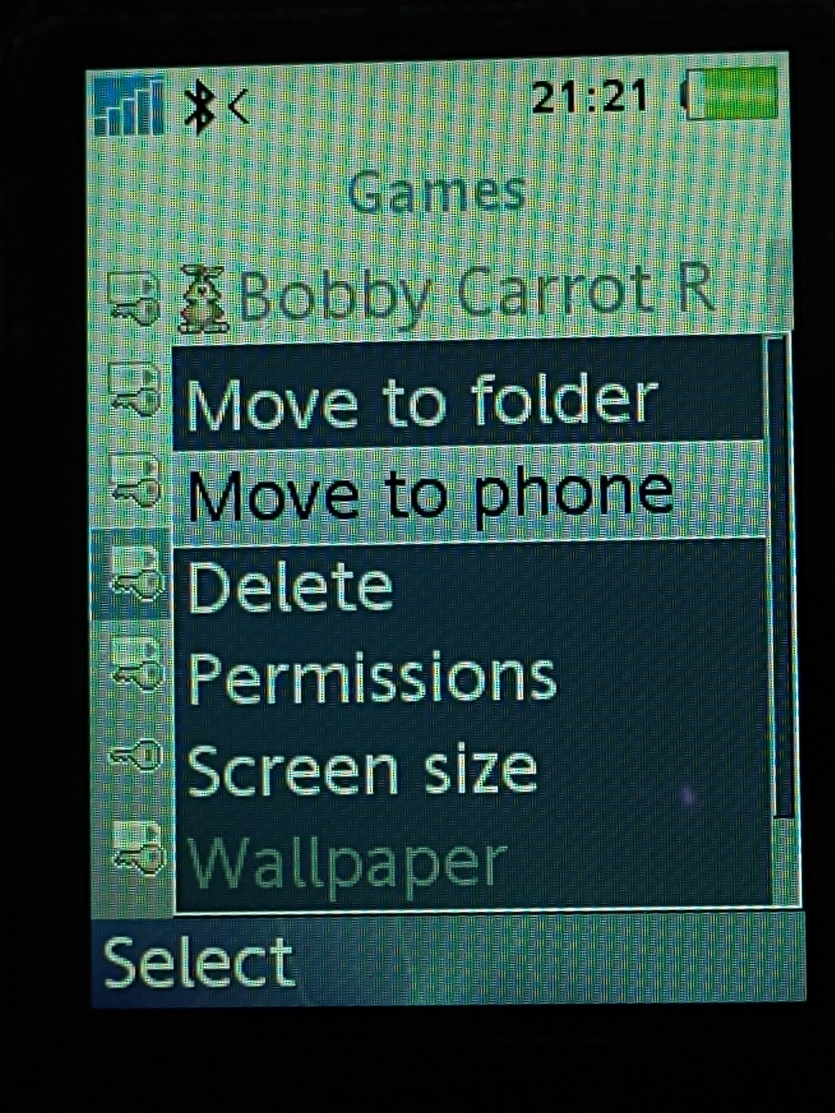
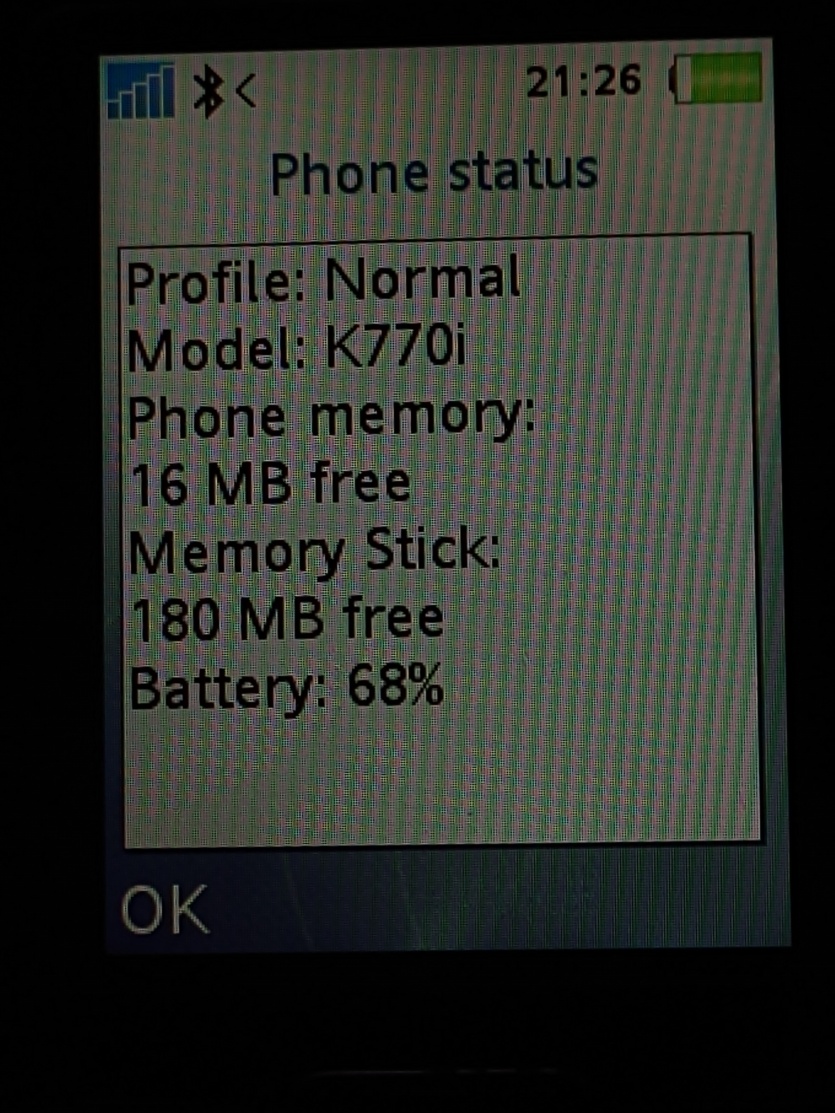
For example, SE K770i has only 16 MB of internal memory. When you install a game, it is automatically saved to a card, from where you can manually transfer it to your phone. In Nokia smartphones, you can also install the application on an external storage device, but by default, the user is offered the built-in memory. We have also encountered programs that refused to work on memory cards.
The situation on Windows Mobile is even worse. In addition to changing the standard storage, the smartphone owner faced the problem of caching. Many programs installed on the SD card left a cache in the device’s internal memory, which caused the small amount of ROM on Samsung i200, i320, i600, i780, B7350 to become clogged even for advanced users after a month or two of use.
Install a thousand Java applications on a phone with an 8 GB memory card? No problem, it’s a Sony Ericsson, you can download as many as you want, none of them will penetrate the internal memory without the owner’s permission. Engineers have already made sure that the owner presses only one button when installing a *jar file, without opening unnecessary pop-up menus to change the storage location.
Conclusions
There is no doubt that Sony Ericsson phones often outperformed all competitors and were as good as the best smartphones of the time. The SE A100 platform offered unprecedented functionality with full multitasking and an incredibly large list of built-in programs. Add to this the best Java machine on the market and you get an ultimatum (and much more convenient) replacement for smartphones.
Another feature of Sony Ericsson was their cameras with autofocus and flash. Almost half of the manufacturer’s models had these privileges, which is not the case with competitors’ equipment. These were not cheap, high-quality, well-balanced hardware and software phones that offered features on par with smartphones of the time. Most importantly, they were convenient, clear, and simple for the average user.
The collapse of push-button phones was inevitable, but Sony Ericsson supported this trend until the end. On the other hand, after the release of the SE K790, stagnation began without any major improvements. The improvements of the A200 platform relative to the A100 were minor, and the Apple iPhone in 2007 forced all manufacturers to reconsider plans for future releases.
Competitors were developing faster, instantly adapting to the new market realities imposed by the largest technology corporation of our time, so the extinction of the legendary Java phones of Sony Ericsson was inevitable. The big «apple» and the «green robot» mercilessly destroyed all platforms, including the SE A200. People didn’t want to press keys anymore, people wanted to consume vertical content on a large display, scrolling through the feed with their fingers.
Nevertheless, before the era of massive iOS/Android dominance, Sony Ericsson’s push-button phones were worthy of their weight in terms of functionality and technical capabilities. They confidently defeated their competitors, being several years ahead of them, especially in the software area. No wonder the Swedish-Japanese mobile phones won the title of exemplary in their class and went down in history as winners.
The company’s gold medals from the editorial board ITC:
- The Sony Ericsson K300i is the best budget cameraphone with MP4 support in 2004;
- Sony Ericsson K750i is the best camera phone and the best phone of 2005;
- Sony Ericsson K790i is the best camera phone and the best phone of 2006;
- The Sony Ericsson A100/A200 is the best mobile Java platform ever built for J2ME;
The following features are worth noting:
- The best support for Bluetooth protocols;
- The best Walkman music player;
- The best support and highest performance for Java 2ME;
- The best set of pre-installed programs;
No less noteworthy:
- Sony Ericsson Satio is the best camera phone and the best Symbian smartphone of 2009;
- Sony Ericsson Elm is the best high-end push-button monoblock of 2009;
- Sony Ericsson Cedar is the best budget-class push-button phone of 2010;
- Sony Ericsson Xperia Play is the best gaming Android smartphone of 2011 and the best gaming smartphone of all time;


